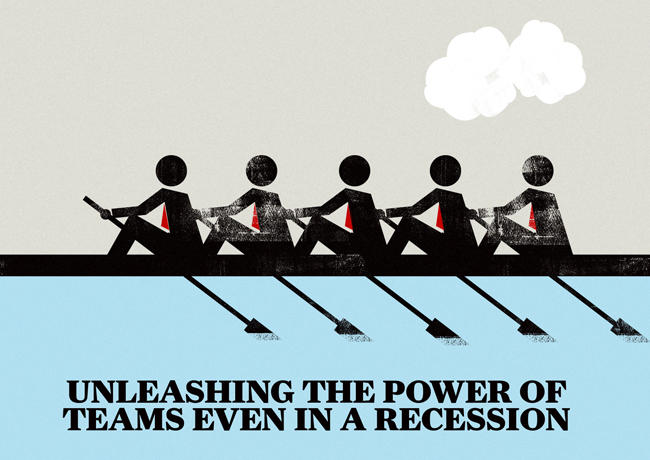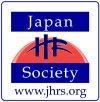By Mr. Norman Grant
President, Starclusters
The use of work teams has been described as the most powerful organizational concept since the Roman Legions.
Where teams have been effectively organized and given experiential training, the resulting list of team performances has led to dramatic improvement in productivity, customer service, quality, process management innovation, cost effectiveness, job satisfaction, morale and financial performance.
Business executives, in companies ranging from small all the way up to the multinationals, have already recognized the value of building a team-based organization with world class teams.
At this point, we need to define the term “team”, and what is real “team building”:
Team: A number of personnel brought together to achieve a goal, through their collective talents, within a deadline. Individuals who are part of a “group” do not have a shared goal and this is what differentiates a “team” from a “group”.
The use of teams is not a new phenomenon but in recent years there has been a growing urgency for better team performance because of the link between teams, individual behavior change, and high performance.
Teams bring together complementary skills and experiences that can respond to multifaceted challenges. However, teams do not develop until the people in them work hard to overcome barriers that stand in the way of collective performance. By surmounting such obstacles together, team members build trust and confidence in each others' capabilities. They also reinforce each others' intentions to pursue their team’s purpose above and beyond individual agendas.
Team building: Everyone knows that a boat won’t go forward if each of its occupants is rowing their own way. A team is a group of people working toward a common goal. Team building is the process of enabling a team to reach its goal, and this process involves, among others, the identification and removal of those inhibitors which prevents a team from achieving its goal.
In recent years, the terms “team building” and “team recreation” have been treated as if they are interchangeable but they aren’t, and it’s important to understand the differences.
Team recreation is designed to get a team out of the office for a time of relaxation and recreation. Team members participate in an activity for fun and to get to know each other better but there are no specific business objectives or outcomes. It is hoped, however, that if team members are more relaxed and comfortable with each other, this will improve interaction and communication at work.
Team building enhances team cohesiveness and performance to improve business results. While many team building sessions involve facilitated recreational activities, recreation is a means to an end, not the end.
What really sets team building apart is the facilitated debriefing which follows an activity to reflect on what occurred during the activity, how the workshop experience relates back to the team’s real world, and then coming up with an action plan going forward.
Turning to the recent economic meltdown, it’s been a roller coaster ride for many industries and organizations, but there are indications that the economy is slowly but surely rebounding again.
Many organizations have put the brakes on team building initiatives, but a customized, carefully designed and executed team building strategy can inspire a team’s members to persist in the face of discouraging circumstances by harnessing its creative genius to generate new ideas and solutions to seize emerging growth opportunities.
To quote Henry Ford, “Coming together is a beginning. Keeping together is progress. Working together is success.” At a time when members of organizations are feeling unsure, anxious, and concerned about their future, a well-defined customized team building process should be adopted.
Other posts by The Japan HR Society:







